Langston University

Founded: 1897
Address: 701 Sammy Davis Jr Dr, Langston, OK - Oklahoma, United States
Phone: +1 405 4662231
Address: 701 Sammy Davis Jr Dr, Langston, OK - Oklahoma, United States
Phone: +1 405 4662231
Here you find out Langston University complete information about fees, location, degree Langston University offers, number, website, and much more. Langston University is a leading university in Oklahoma - United States.
You can also find out jobs at Langston University for students, teachers, and professors. We also update the database for an internship at Langston University for students.
Founded in 1897, Langston University is comprised of three campuses located in Langston, Oklahoma City, and Tulsa. The Langston campus offers programs such as biology, chemistry, nursing, urban education, international studies, goat research, physical therapy (a doctoral program) and biotechnology. The LU-OKC and LU-Tulsa campuses offer upper division courses and graduate courses that are ideal... for students who have completed their associate"s degree and wish to pursue a bachelor"s degree or a master"s degree. Some of the programs offered on these campuses include accounting, psychology, urban education, rehabilitation counseling and organizational leadership.
Studies are divided into six colleges: Agriculture and Applied Sciences, Arts and Sciences, Business, Education and Behavioral Sciences, Nursing and Health Professions, and Physical Therapy. Summer programs and graduate education are also available.
The Division of Academic Affairs is responsible for academic instructions, accreditations, and related activities.The University takes its mission seriously, which has both a rural and urban mission. Our students are at the center in all we do. Our undergraduate research program coupled with providing great summer research opportunities for students pursuing STEM disciplines exceeds many of our peer institutions.
The universality of the African proverb (above) quoted by former poet laureate of Liberia Melvin B. Tolson, professor of English, speech, and drama at Langston University (1947-1965), is reflected in the inspiring story of Oklahoma’s only historically black college or university (HBCU)-Langston University. Born in turmoil, strengthened through adversity, Langston University today sits “high on a throne with royal mien.” She celebrated her centennial in March 1997 and has moved with confidence into a second century of excellence.
On the one-year anniversary of Oklahoma statehood, April 22, 1890, Langston City was officially established.Promoted by its founders, one of whom was prominent African American Edwin P. McCabe, who was influential in the selection of the site of Langston University, the city of Langston had a population of 600 and had 25 retail businesses by 1892, the year in which a common school was built and opened with an enrollment of 135.
Since African Americans were not permitted to attend any of the institutions of higher education in Oklahoma Territory, black citizens appeared before the Oklahoma Industrial School and College Commission in July 1892 to petition that Langston have a college. Eventually, Territorial Governor William Gary Renfrow, who had vetoed a civil rights bill that would have disregarded segregation, proposed a reform bill establishing the university. It was founded as a land grant college through the Morrill Act of 1890 and officially established by House Bill 151 on March 12, 1897, as the Colored Agricultural and Normal University.
The purpose of the university was to instruct “both male and female Colored persons in the art of teaching various branches which pertain to a common school education and in such higher education as may be deemed advisable, and in the fundamental laws of the United States in the rights and duties of citizens in the agricultural, mechanical and industrial arts.” One stipulation was that the land on which the college would be built would have to be purchased by the citizens. Picnics, auctions, and bake sales were held to raise money, and the land was purchased within a year by black settlers determined to provide higher education for their children.
On September 3, 1898, the school was opened in a Presbyterian Church in Langston with an initial budget of $5,000. The first president was Dr. Inman E. Page (1898- 1915), the son of a former slave who had purchased freedom for himself and his family. During the Page administration, the campus expanded to 160 acres; enrollment increased from 41 to 650 and faculty from 4 to 35; classroom buildings and dormitories were constructed, and the curriculum was strengthened.
The meager funding from the State Legislature was assisted by the Enabling Act of 1906 in which Section 13 of each township was set aside for the benefit of education. Langston received eventually 100,000 acres located primarily in western Oklahoma, with some acres in Logan County and a small number in New Mexico. Funds derived from rental and leasing of these lands have benefited the school greatly, as has the one-tenth of the New Morrill Act funds.
Isaac Berry McCutcheon was appointed the second president in 1915 following President Page’s resignation to become president of Macon College in Missouri. In this year, electricity replaced kerosene lighting; the Music Department was able to obtain songbooks, and enough dishes and silver were bought to set the tables in the dining hall. At the same time, much debate was taking place as to whether the prime purpose of Langston University should be to develop the skills of students in the domestic, manual, and agricultural areas as advocated by Booker T. Washington or to follow the teachings of W. E. B. DuBois, who sought political and social equality for African Americans. McCutcheon resigned following controversy surrounding his firing of a history professor. R. E. Bullitt served as Interim President for five months during the early part of 1916.
In 2005 Dr. JoAnn W. Haysbert was named the fifteenth president of Langston University. During her first year Dr. Haysbert, with the assistance of her administrative team, prepared a Vision Statement for Langston University “predicated on the fact that we must spawn innovation, generate new technologies and ideas, and produce talented graduates for the global marketplace of tomorrow.” Its basic principles are developing tomorrow’s leaders, a student-centered campus, recruitment, scholarly activities, programs of distinction, closing the digital divide and upgrading technology, economic development, capital growth, and fundraising.
One primary emphasis in Year I was to implement the Statement of Timeless Values in all course syllabi. This statement includes respect for self, respect for others, respect for university property, service to others, leadership, and exemplary character.
Dr. Haysbert immediately established a participatory style of administration. Seeking out the concerns and desires of her administrative teams and other constituency groups including faculty, staff, students, alumni, and citizens of Langston Township, she established a Strategic Planning Committee which developed a Ten-Year Strategic Plan for Langston University. She has interacted with shareholders in the success of Langston University at the University, throughout the state, and on the national level. Year I also saw the establishment of a Center for Entrepreneurship in the School of Business both on the main campus and the urban campuses.The current history-making activities are a continuation of a proud tradition of transforming challenges into progress, which demonstrates the academic excellence of Langston University in the 21st century.
You can also find out jobs at Langston University for students, teachers, and professors. We also update the database for an internship at Langston University for students.
Founded in 1897, Langston University is comprised of three campuses located in Langston, Oklahoma City, and Tulsa. The Langston campus offers programs such as biology, chemistry, nursing, urban education, international studies, goat research, physical therapy (a doctoral program) and biotechnology. The LU-OKC and LU-Tulsa campuses offer upper division courses and graduate courses that are ideal... for students who have completed their associate"s degree and wish to pursue a bachelor"s degree or a master"s degree. Some of the programs offered on these campuses include accounting, psychology, urban education, rehabilitation counseling and organizational leadership.
Studies are divided into six colleges: Agriculture and Applied Sciences, Arts and Sciences, Business, Education and Behavioral Sciences, Nursing and Health Professions, and Physical Therapy. Summer programs and graduate education are also available.
The Division of Academic Affairs is responsible for academic instructions, accreditations, and related activities.The University takes its mission seriously, which has both a rural and urban mission. Our students are at the center in all we do. Our undergraduate research program coupled with providing great summer research opportunities for students pursuing STEM disciplines exceeds many of our peer institutions.
The universality of the African proverb (above) quoted by former poet laureate of Liberia Melvin B. Tolson, professor of English, speech, and drama at Langston University (1947-1965), is reflected in the inspiring story of Oklahoma’s only historically black college or university (HBCU)-Langston University. Born in turmoil, strengthened through adversity, Langston University today sits “high on a throne with royal mien.” She celebrated her centennial in March 1997 and has moved with confidence into a second century of excellence.
On the one-year anniversary of Oklahoma statehood, April 22, 1890, Langston City was officially established.Promoted by its founders, one of whom was prominent African American Edwin P. McCabe, who was influential in the selection of the site of Langston University, the city of Langston had a population of 600 and had 25 retail businesses by 1892, the year in which a common school was built and opened with an enrollment of 135.
Since African Americans were not permitted to attend any of the institutions of higher education in Oklahoma Territory, black citizens appeared before the Oklahoma Industrial School and College Commission in July 1892 to petition that Langston have a college. Eventually, Territorial Governor William Gary Renfrow, who had vetoed a civil rights bill that would have disregarded segregation, proposed a reform bill establishing the university. It was founded as a land grant college through the Morrill Act of 1890 and officially established by House Bill 151 on March 12, 1897, as the Colored Agricultural and Normal University.
The purpose of the university was to instruct “both male and female Colored persons in the art of teaching various branches which pertain to a common school education and in such higher education as may be deemed advisable, and in the fundamental laws of the United States in the rights and duties of citizens in the agricultural, mechanical and industrial arts.” One stipulation was that the land on which the college would be built would have to be purchased by the citizens. Picnics, auctions, and bake sales were held to raise money, and the land was purchased within a year by black settlers determined to provide higher education for their children.
On September 3, 1898, the school was opened in a Presbyterian Church in Langston with an initial budget of $5,000. The first president was Dr. Inman E. Page (1898- 1915), the son of a former slave who had purchased freedom for himself and his family. During the Page administration, the campus expanded to 160 acres; enrollment increased from 41 to 650 and faculty from 4 to 35; classroom buildings and dormitories were constructed, and the curriculum was strengthened.
The meager funding from the State Legislature was assisted by the Enabling Act of 1906 in which Section 13 of each township was set aside for the benefit of education. Langston received eventually 100,000 acres located primarily in western Oklahoma, with some acres in Logan County and a small number in New Mexico. Funds derived from rental and leasing of these lands have benefited the school greatly, as has the one-tenth of the New Morrill Act funds.
Isaac Berry McCutcheon was appointed the second president in 1915 following President Page’s resignation to become president of Macon College in Missouri. In this year, electricity replaced kerosene lighting; the Music Department was able to obtain songbooks, and enough dishes and silver were bought to set the tables in the dining hall. At the same time, much debate was taking place as to whether the prime purpose of Langston University should be to develop the skills of students in the domestic, manual, and agricultural areas as advocated by Booker T. Washington or to follow the teachings of W. E. B. DuBois, who sought political and social equality for African Americans. McCutcheon resigned following controversy surrounding his firing of a history professor. R. E. Bullitt served as Interim President for five months during the early part of 1916.
In 2005 Dr. JoAnn W. Haysbert was named the fifteenth president of Langston University. During her first year Dr. Haysbert, with the assistance of her administrative team, prepared a Vision Statement for Langston University “predicated on the fact that we must spawn innovation, generate new technologies and ideas, and produce talented graduates for the global marketplace of tomorrow.” Its basic principles are developing tomorrow’s leaders, a student-centered campus, recruitment, scholarly activities, programs of distinction, closing the digital divide and upgrading technology, economic development, capital growth, and fundraising.
One primary emphasis in Year I was to implement the Statement of Timeless Values in all course syllabi. This statement includes respect for self, respect for others, respect for university property, service to others, leadership, and exemplary character.
Dr. Haysbert immediately established a participatory style of administration. Seeking out the concerns and desires of her administrative teams and other constituency groups including faculty, staff, students, alumni, and citizens of Langston Township, she established a Strategic Planning Committee which developed a Ten-Year Strategic Plan for Langston University. She has interacted with shareholders in the success of Langston University at the University, throughout the state, and on the national level. Year I also saw the establishment of a Center for Entrepreneurship in the School of Business both on the main campus and the urban campuses.The current history-making activities are a continuation of a proud tradition of transforming challenges into progress, which demonstrates the academic excellence of Langston University in the 21st century.
Read More
Details:
LeaderShip: President: Dr. Kent J. Smith
Fees:
Time:
Phone Number: +1 405 4662231
City: Oklahoma
Fees:
Time:
Phone Number: +1 405 4662231
City: Oklahoma
Timing:
Country: United States
Staff:
Website: http://www.lunet.edu
Country: United States
Staff:
Website: http://www.lunet.edu
Subjects:
Jobs in Langston University
Currently, there is no job opening in Langston University as per our database.

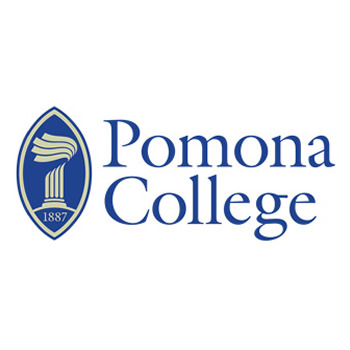

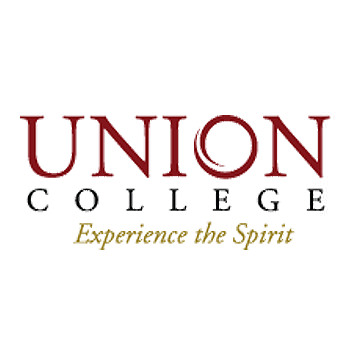

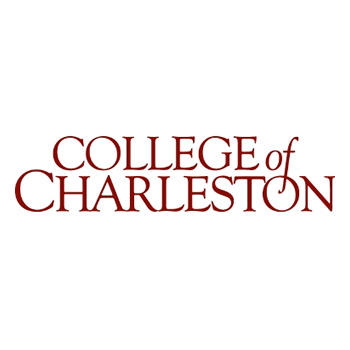
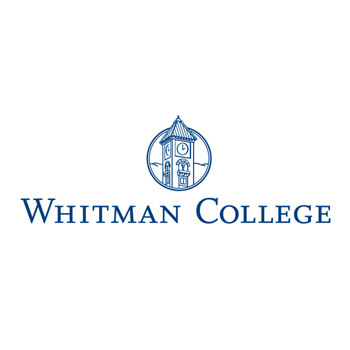
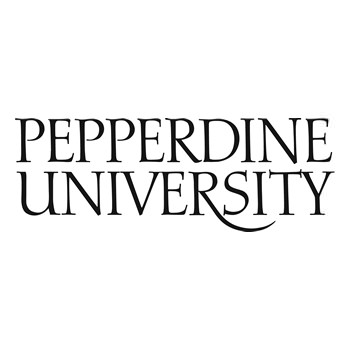
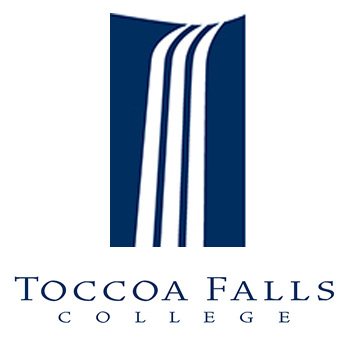










Leave a Reply